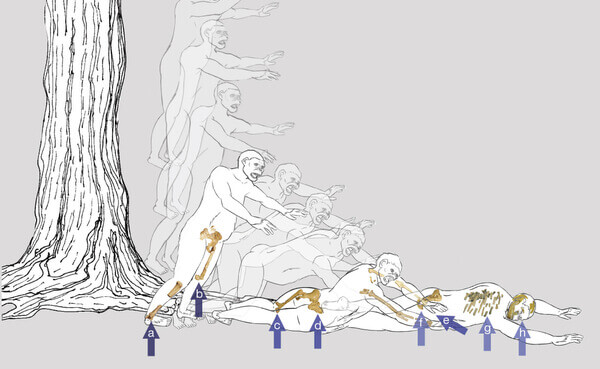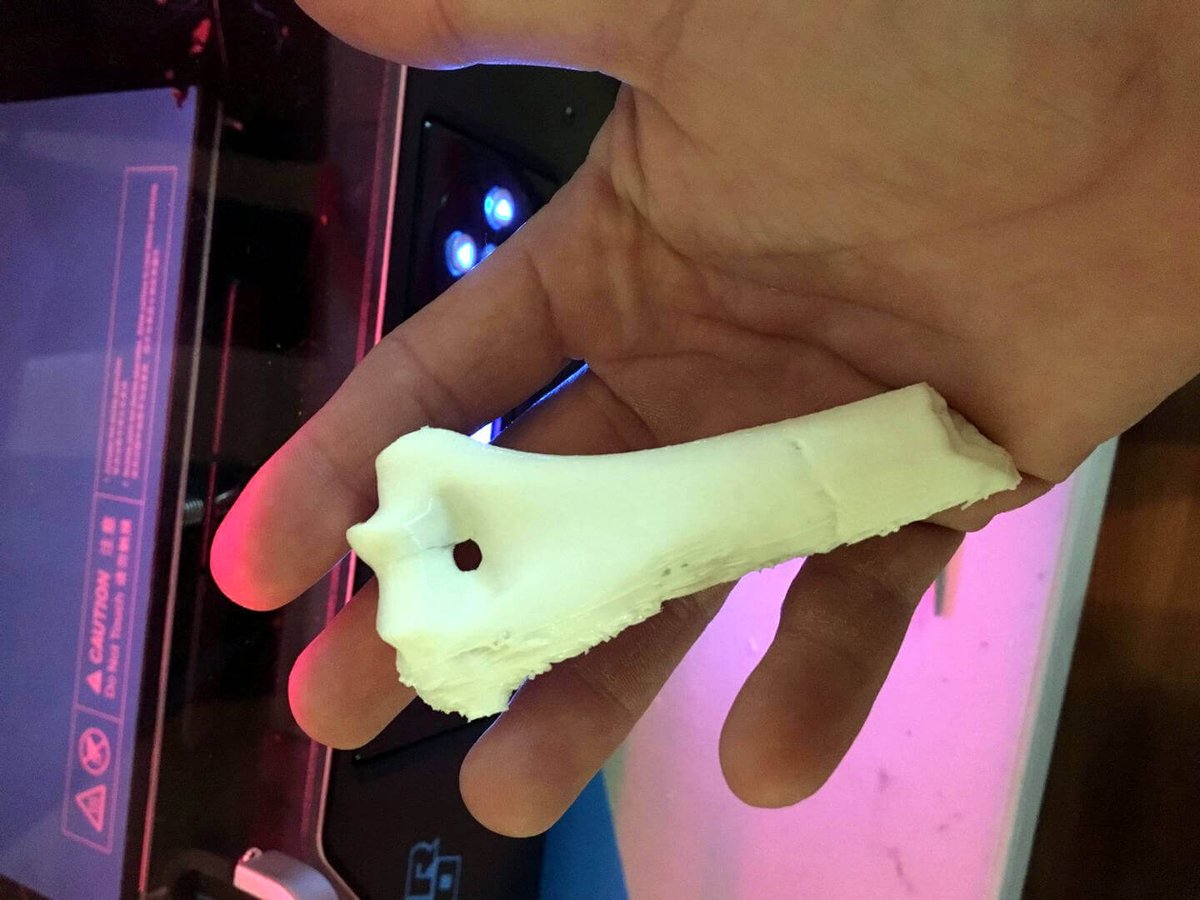Thanks to the growing proclivity for community-driven research, it’s now possible to 3D print your own copy of famous ancient Australopithecine Lucy.
Historically, research on fossils of all shapes and sizes has remained under the controlled watch of their custodian institutions.
This is, in part, because of the physical limitations of having only the artifact itself to study. In addition, their often fragile nature prevents extensive world tours. That and the desire of the holding institutions to maintain procedural oversight mean research access is limited.
However, this control of access has lead to a feeling of stuffiness; an archaic system that flies in the face of the globalized world we live in today.
An ever growing number of research teams are turning to an open access model for their work. This makes files, scans, findings and all manner of data with the associated study freely available for anyone to examine and run tests of their own.
One such team is that lead by John Kappelman at the University of Texas. The group of paleoanthropologists has been investigating the cause of death of Lucy — possibly the world’s most well-known hominin fossil.
In addition to disclosing some of their work online, the team has made STL files of Lucy’s skeletal remains available for download.

Open Access Lucy
The Ethiopian government and museum authorities sent Lucy on tour to the US back in 2007. Once in Texas, detailed 3D scans of the fossil — including CT scans that revealed near-invisible fractures — were conducted.
This new digital archive of material assisted Kappelman’s team in formulating a theory about Lucy’s death. In fact their findings suggest that Lucy may have fallen from a great height, possibly killing herself in the process. The team has published a paper in Nature presenting their findings.
If you or a facility close to you has a 3D printer, you can do a little investigating yourself. Indeed, after filling out a short online form, STL files detailing some bones from Lucy’s skeleton can be downloaded.
The bones demonstrate the discovery condition of the skeleton — including the fractures that Kappelman and team theorize Lucy picked up from a fall from a treetop.
In addition to the innate coolness of being able to fabricate your own copy of a millions of years-old hominin, the possibilities for educators to create teaching aides and public outreach projects gaining access to real-life props is a tantalizing argument for more open access.
Source: Ars Technica

License: The text of "3D Print Your Own “Lucy” Hominin Fossil" by All3DP is licensed under a Creative Commons Attribution 4.0 International License.